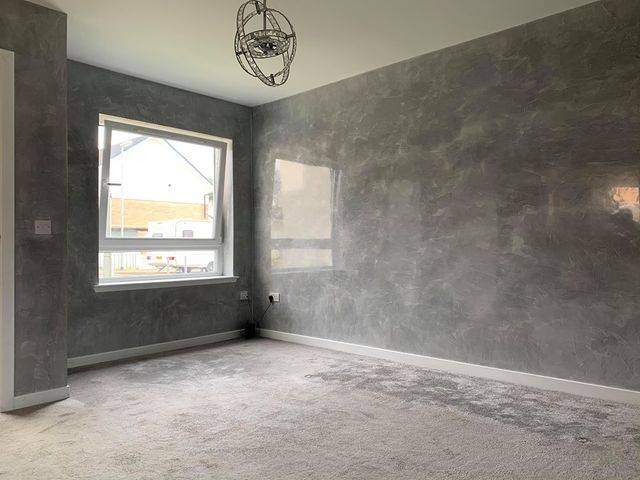Modern plasters have evolved quite significantly over the past 50 years, changing from sand, cement and lime based to the more lightweight gypsum based. There is also the introduction of "Marble Plaster" which is coloured and has the look and feel of marble. But in fact "marble Plaster or Venetian Plaster" isn't new or modern as its origins date back 500 years to Venice in Italy were Venetian Plaster was born.
V/P is a collective name for a groups of plaster finishes created in Venice in the 1500's. Architects and builders had to find a lightweight alternative to marble to stop buildings sinking into the mud. Lime putty mixed with marble flour is mixed with a colour pigment and applied in 2 to 7 very thin layers. The last layer is burnished with a steel trowel until it shines. Wax is then applied and polished.
There are 2 types of modern venetian Plaster, the first is Venetian Stucco. This is the finest of the 2 and is applied in random strokes to create a marble like pattern. The second is Marmarino and has a course aggregate. This is applied in to coats and can be manipulated in different ways to look like stone.
V/P can be applied to most substrates as long as they are flat and correct surface preparation has been carried out. It takes lots of practice to get the perfect finish and each finish will vary from different.
plasterers.
Plastering has been a thing for ages. Since the times of the ancient civilizations from the Egyptians through till now. Some people assume plastering is something you go for when you have no other job to do but that is not the case. Plastering is an amazing job worth doing, and it also brings some money into your pocket.


